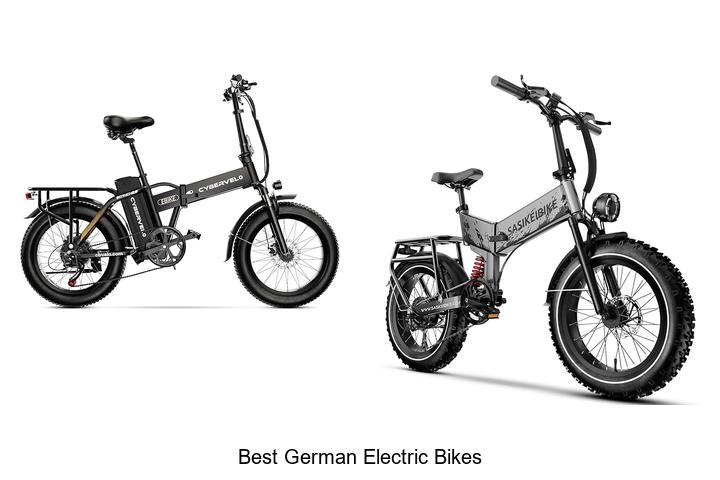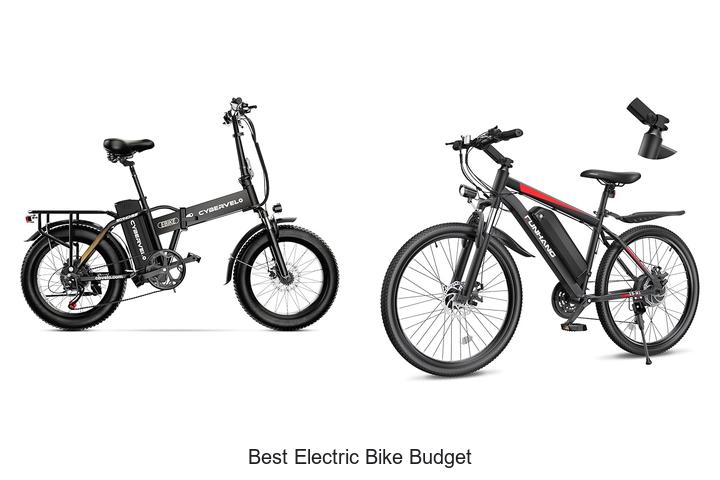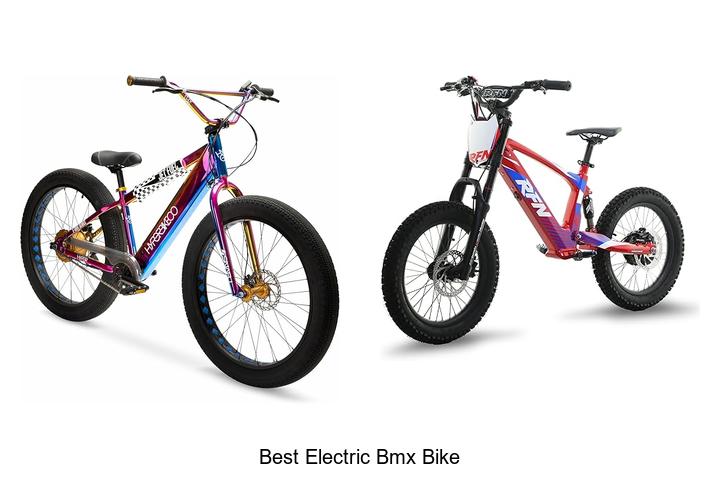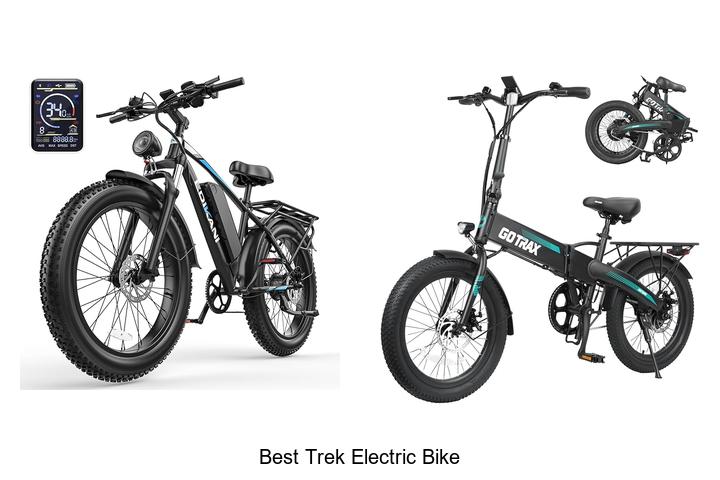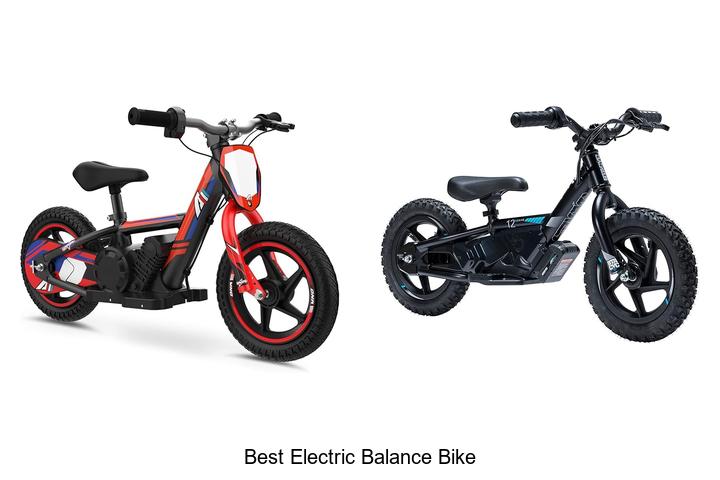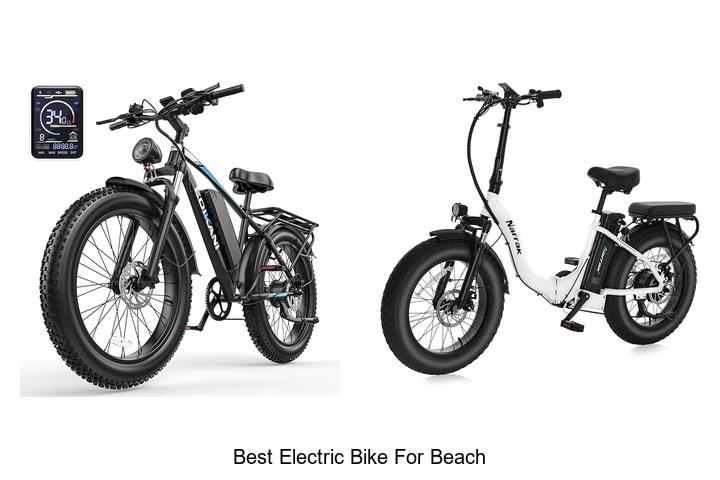How Old to Ride an Electric Bike? Age Rules and Safety Tips
Electric bikes have become a popular way to get around quickly and effortlessly. But if you’re wondering how old you need to be to ride one, you’re not alone. Age requirements can vary depending on where you live and the type of e-bike you want to ride.
Knowing the right age to start riding an electric bike is important for your safety and legal compliance. Whether you’re a parent considering an e-bike for your kid or an adult curious about the rules, understanding these guidelines will help you make smart choices. Let’s explore what you need to know before hopping on an electric bike.
Understanding Age Restrictions for Riding an Electric Bike
Age rules for riding electric bikes vary widely due to local laws and e-bike classifications. Knowing these rules helps you ensure safe and legal use.
Legal Age Requirements by Region
Laws set different minimum ages for e-bike riders in regions such as:
- United States: Most states require riders to be at least 16 years old for mid-drive and throttle-powered e-bikes, while pedal-assist bikes may allow younger riders. States like California set 16 as the general minimum for Class 1 and 2 e-bikes.
- European Union: The minimum age is generally 14 for 250W pedal-assist e-bikes that do not exceed 15.5 mph.
- Canada: Age requirements vary by province, typically ranging from 12 to 16 years old.
- Australia: Riders must usually be 16 or older, depending on vehicle classification and state regulations.
Confirm local laws to comply with e-bike age restrictions in your area.
Differences Between Electric Bikes and Traditional Bikes
Electric bikes feature motors that assist or propel the bike and must meet distinct legal standards. These factors influence age limits:
- Motor Power and Speed Caps: E-bikes with motors under 750W and speeds limited to 20 mph are often allowed for younger riders.
- Classifications: Class 1 (pedal-assist only), Class 2 (throttle and pedal-assist), and Class 3 (higher speed pedal-assist) impact age requirements and licensing rules.
- Safety Considerations: Electric bikes accelerate faster and weigh more than traditional bikes, demanding greater rider skill and responsibility.
- Regulatory Treatment: E-bikes often fall under different rules than conventional bicycles, which usually have no minimum riding age.
Understanding these distinctions helps you determine appropriate age and safety measures for electric bike riders.
Factors Influencing the Appropriate Age to Ride
Several factors determine the right age for riding an electric bike, balancing safety, legal requirements, and rider capability. Understanding these elements helps ensure a responsible and secure riding experience.
Physical Ability and Coordination
Physical ability and coordination play a crucial role in safely handling an electric bike. You must have sufficient balance and strength to control the bike, especially since e-bikes weigh 10 to 20 pounds more than traditional bicycles and accelerate faster. Younger riders may lack the muscle development or coordination needed to manage these differences, increasing risk. Skills like quick reflexes, stable steering, and braking control improve with age and experience, making physical readiness a key factor for deciding when to start riding an e-bike.
Understanding Traffic Rules and Safety
Grasping traffic rules and safety practices is essential before riding any electric bike. You need to understand local traffic laws, signaling, right-of-way, and protective gear requirements to navigate roads safely. Electric bikes can reach speeds up to 28 mph in some classes, demanding heightened awareness compared to non-motorized bikes. Comprehension of these rules typically develops with age and education, ensuring you react appropriately in traffic and reduce accident risk. Responsibility and knowledge of safe riding habits significantly influence the suitable age for electric bike use.
Safety Tips for Young Electric Bike Riders
Ensure young riders stay safe by focusing on protection and control skills when using an electric bike.
Wearing Proper Protective Gear
Always choose a certified helmet that fits snugly to protect your head from injury. Include knee and elbow pads to guard against falls. Wear closed-toe shoes with good grip to maintain control on pedals. Bright or reflective clothing improves visibility to motorists, especially in low-light conditions. Equip your e-bike with front and rear lights as well as a bell for added safety.
Learning to Handle Speed and Braking
Practice accelerating smoothly to avoid sudden bursts that cause instability. Familiarize yourself with the e-bike’s braking system by applying brakes gently at first to understand stopping distances. Maintain a safe speed suited to your skill level and local speed limits. Train on flat, open areas before riding in traffic or on slopes. Recognize that e-bikes weigh more than traditional bikes, requiring longer distances to stop and more effort to control during turns.
Choosing the Right Electric Bike for Different Age Groups
Selecting an electric bike tailored to the rider’s age ensures safety, comfort, and compliance with local laws. The choice depends on physical ability, skill level, and intended use.
Types of Electric Bikes Suitable for Kids and Teens
Consider balance bikes with electric assistance for children aged 6 to 10, as they offer gentle power support with limited speed, usually under 10 mph. For older kids and teens, pedal-assist bikes with motors capped at 250 watts and speeds up to 20 mph provide a good combination of power and control. Avoid throttle-only models for younger riders, since these can accelerate too quickly, increasing the risk of accidents.
Features to Look for in Youth Electric Bikes
Look for lightweight frames constructed from aluminum or composite materials to help younger riders manage the bike more easily. Ensure adjustable seat heights and handlebars to accommodate growing riders. Prioritize bikes with pedal-assist systems that offer multiple levels of assistance, so you can customize the power output according to your child’s skill and confidence. Include safety features like reliable disc brakes, built-in lights, and reflective elements to enhance visibility during low-light conditions. Batteries with moderate range around 15-25 miles fit typical child and teen usage patterns without adding excessive weight.
Conclusion
Knowing the right age to ride an electric bike helps you make smart choices for safety and legal compliance. It’s not just about meeting minimum age requirements but also about ensuring the rider has the physical skills and understanding needed to handle an e-bike responsibly.
Choosing the right type of electric bike and protective gear tailored to the rider’s age and ability makes a big difference. By prioritizing safety and following local laws, you can enjoy the benefits of electric biking with confidence and peace of mind.
